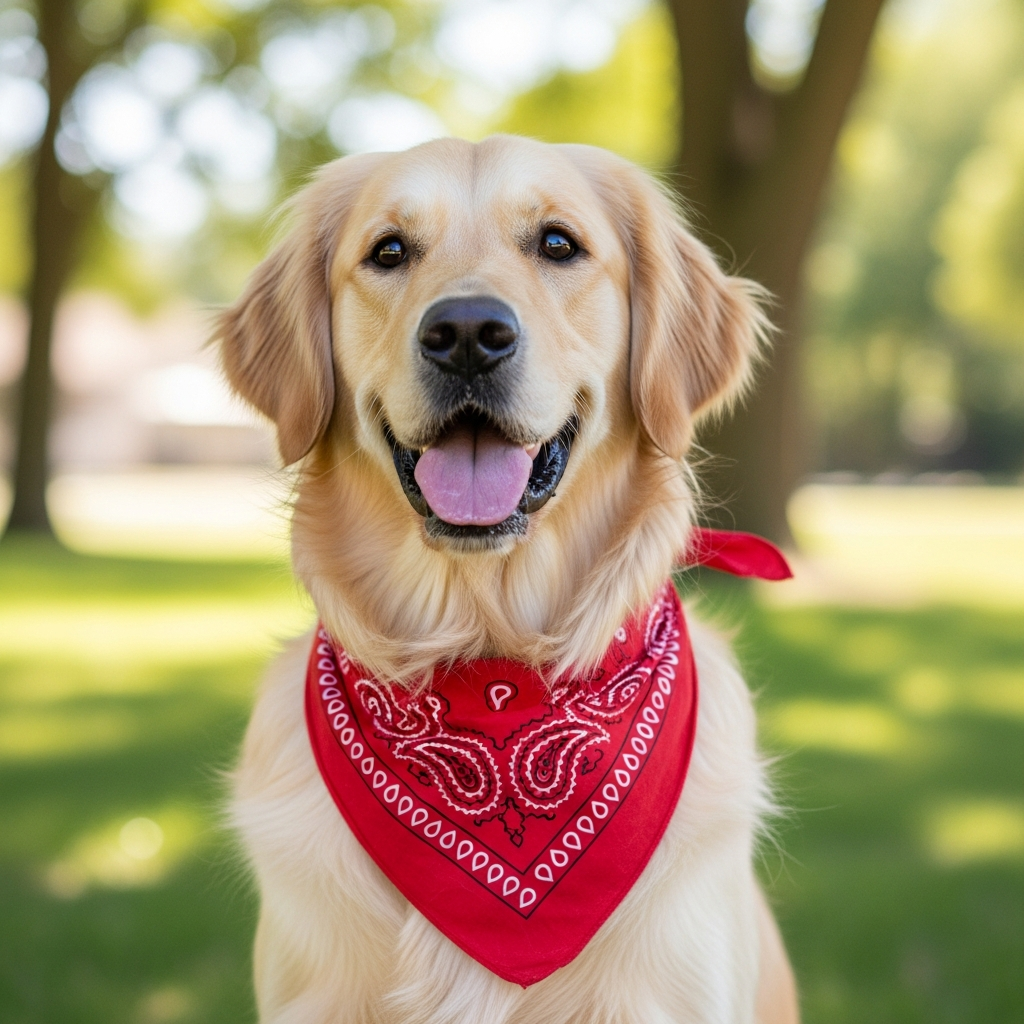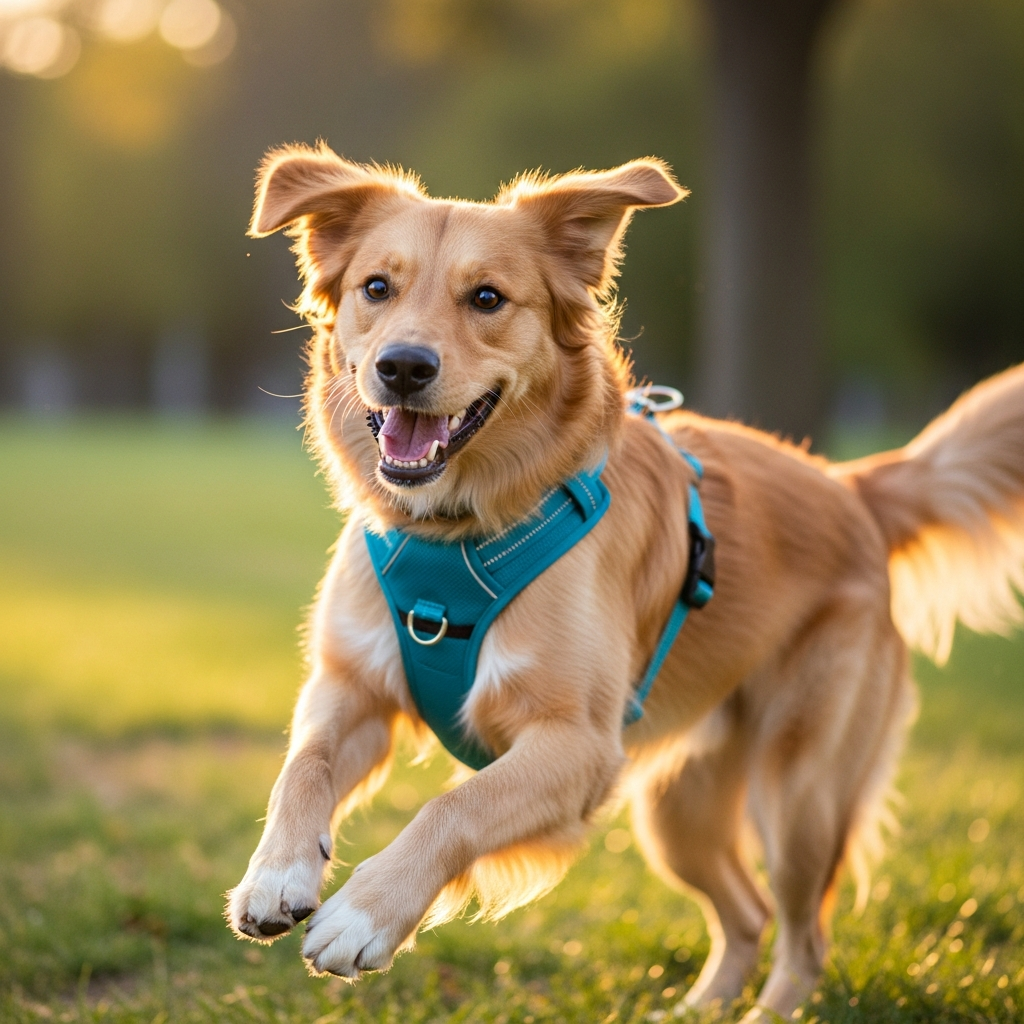Does your pup tend to tug during walks? This behavior could lead to injury or tension for both of you. Finding the right harness can make a world of difference. Keep reading.
Selecting the ideal dog harness for walking can enhance comfort, control, and training outcomes. Not all harnesses are reliable or suitable, so it's essential to learn which ones are favored by experts and the reasons behind their recommendations.
Uncover the essential features and recommended dog harnesses vetted by professionals.
What Makes a Dog Harness “The Best” for Walking?
A top-notch dog harness prioritizes comfort, control, and safety. It should evenly distribute pressure to prevent straining your dog's neck and allow for natural movement. The best dog harnesses for walking feature adjustable, breathable materials, and front-clip or dual-clip designs. These elements are particularly crucial in a no-pull dog harness, which is perfect for dogs that tend to tug or lunge. Some owners also seek a personalized touch with a dog harness that includes a name for easy identification. Whether you're choosing for a large dog or the best puppy harness, it's crucial to prioritize fit and function.
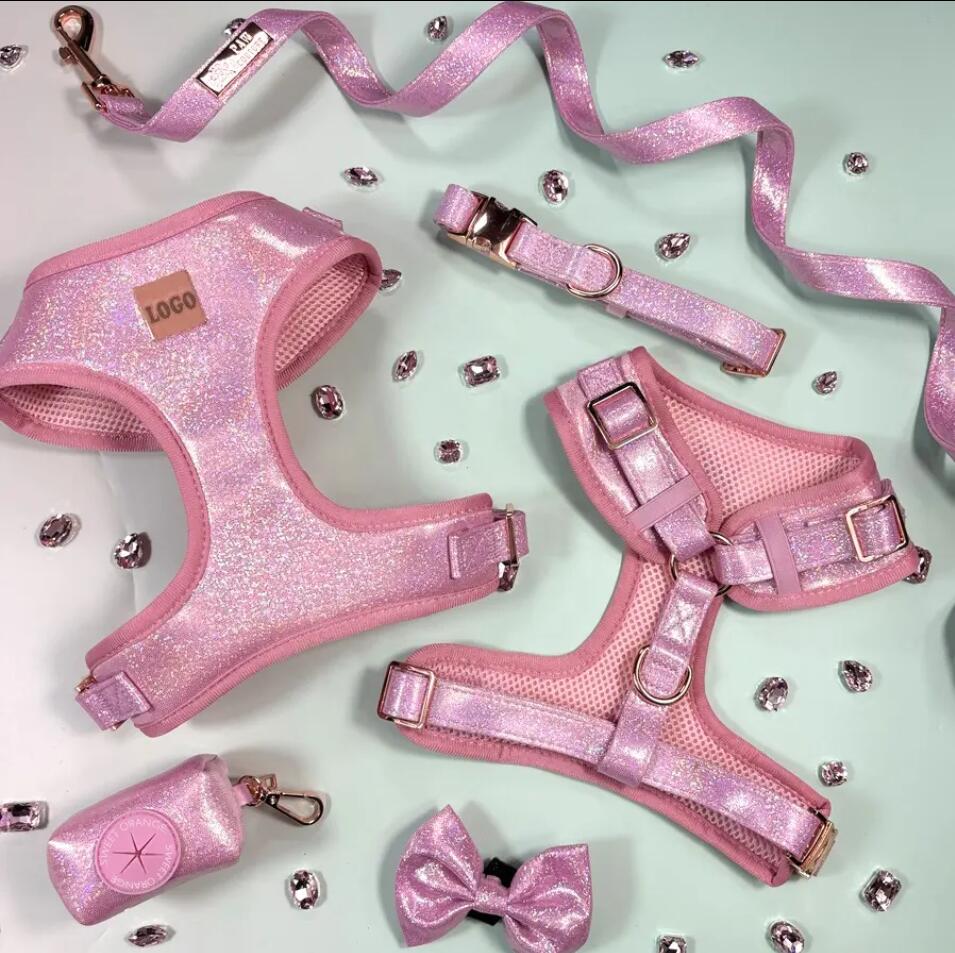
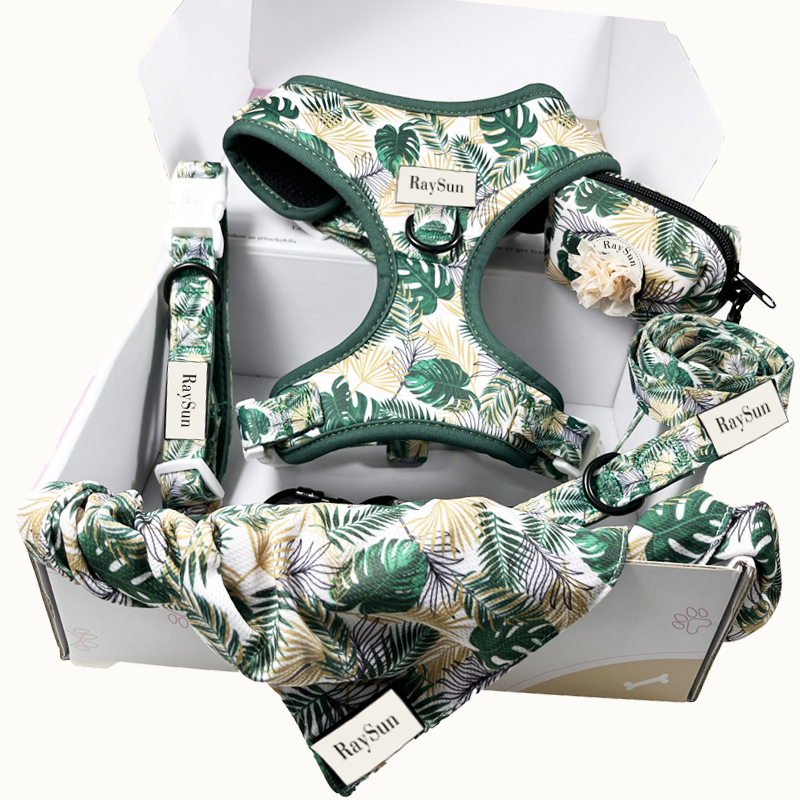
Why Not All Harnesses Are Recommended by Trainers?
Not all harnesses come recommended by trainers, and there are valid reasons behind this caution. Certain types of harnesses can potentially interfere with training goals, which raises concerns for dog trainers. A common issue is that a dog harness designed for pulling—especially back-clip styles—might inadvertently reinforce a dog's instinct to pull. This often leads to trainers expressing their aversion to harnesses. In addition, some designs may restrict shoulder mobility, posing potential long-term health implications for your dog. When trainers work with dogs, the choice between a harness or a dog collar depends on individual circumstances, but most trainers favor a properly fitted no-pull dog harness that encourages better leash manners.
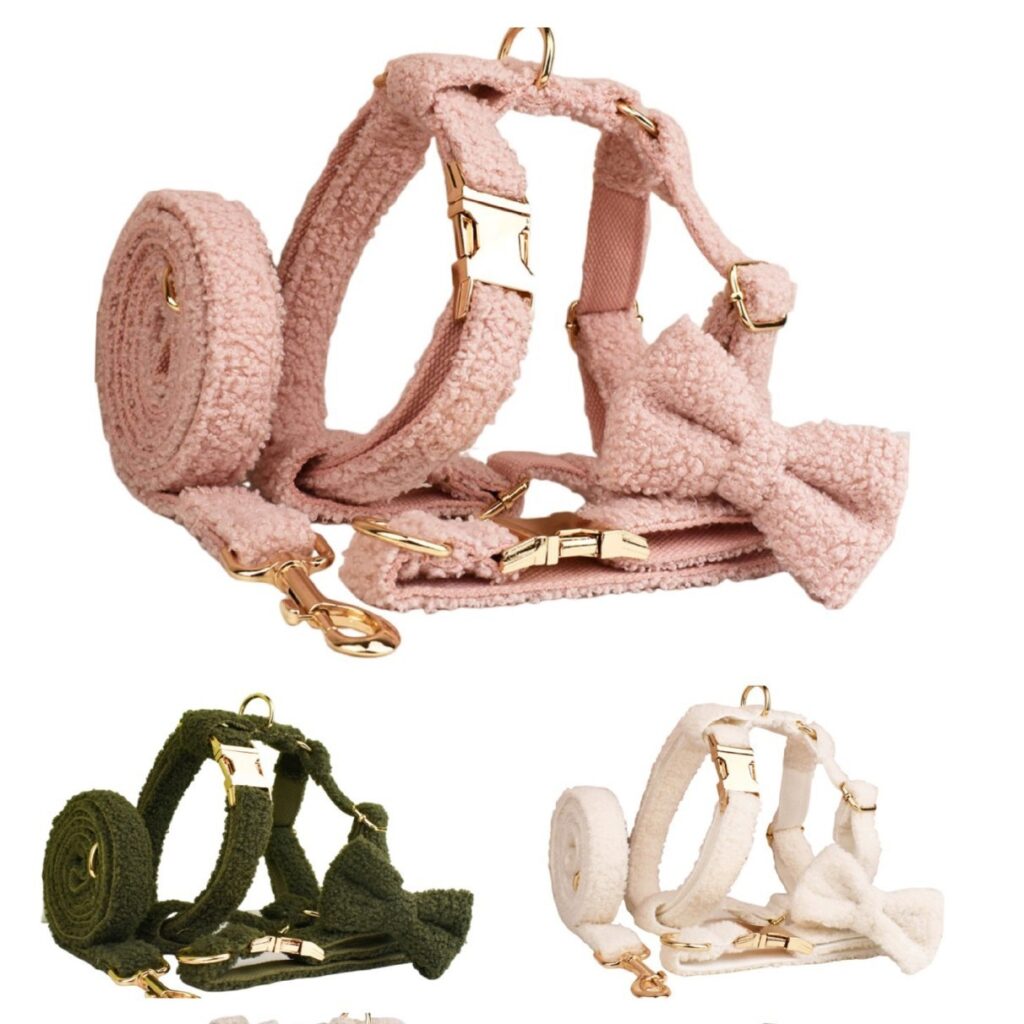
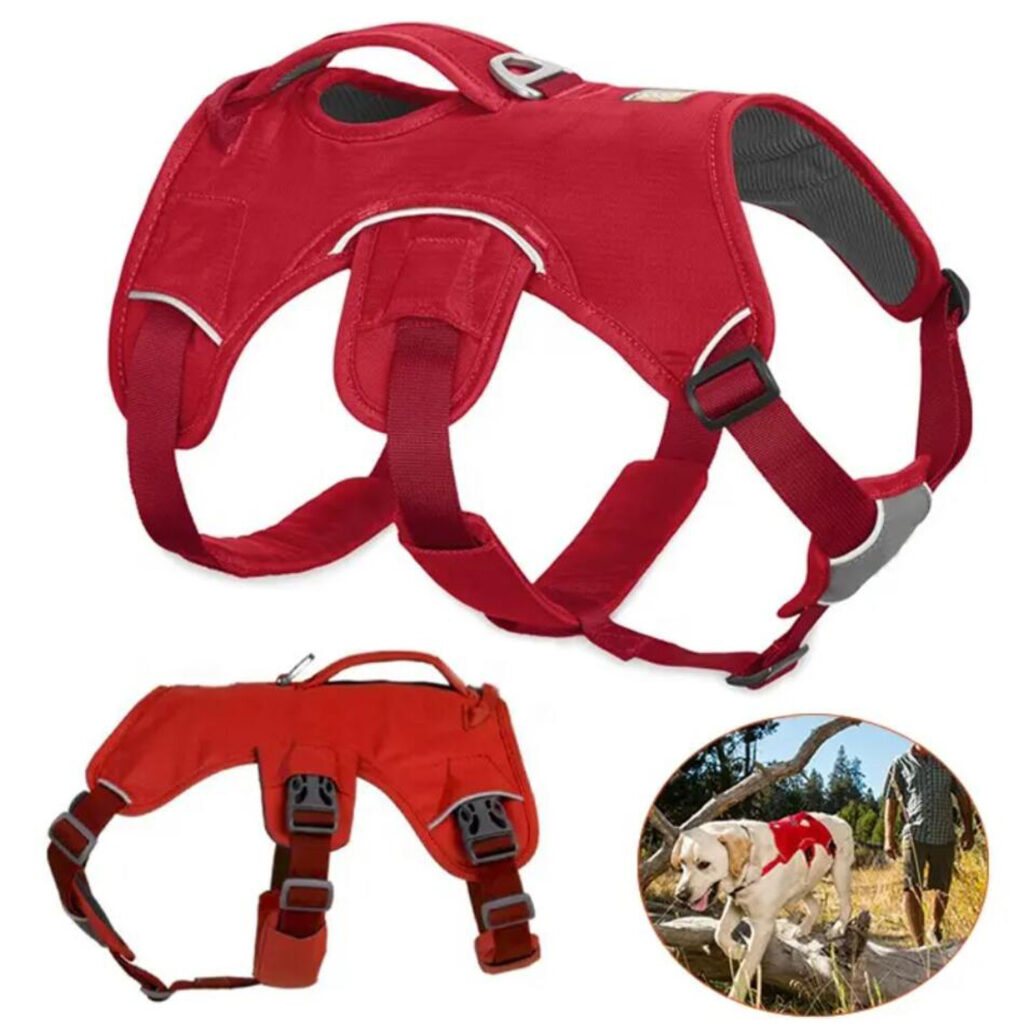
What Dog Accessories Support Better Training?
When it comes to supporting better training, dog trainers tend to gravitate towards functional tools that provide gentle control and clear communication. A no-pull dog harness with a front attachment is favored for its ability to redirect pulling without causing pain. Another popular choice among trainers is a service dog harness, which is crafted to be robust, comfortable, and easy to manage in public settings. For dogs in active or working roles, a K9-style dog harness is lauded for its combination of control and support. And for those just starting out, the best puppy harness is one that adjusts as your pup grows, ensuring comfort and consistency during leash training.

Summary
A top-quality harness guarantees safer, easier, and more effective daily walks for every dog.
Cindy Long is the Sales Manager of Raysunpets and a pet lover with over 12 years of experience in exporting pet products. She specializes in providing customized dog chest carriers, leashes and pet accessory solutions for the European and American markets, always focusing on the real needs of customers and pets, and is committed to creating high-quality, practical and comfortable products that allow fur kids to live happier lives.

